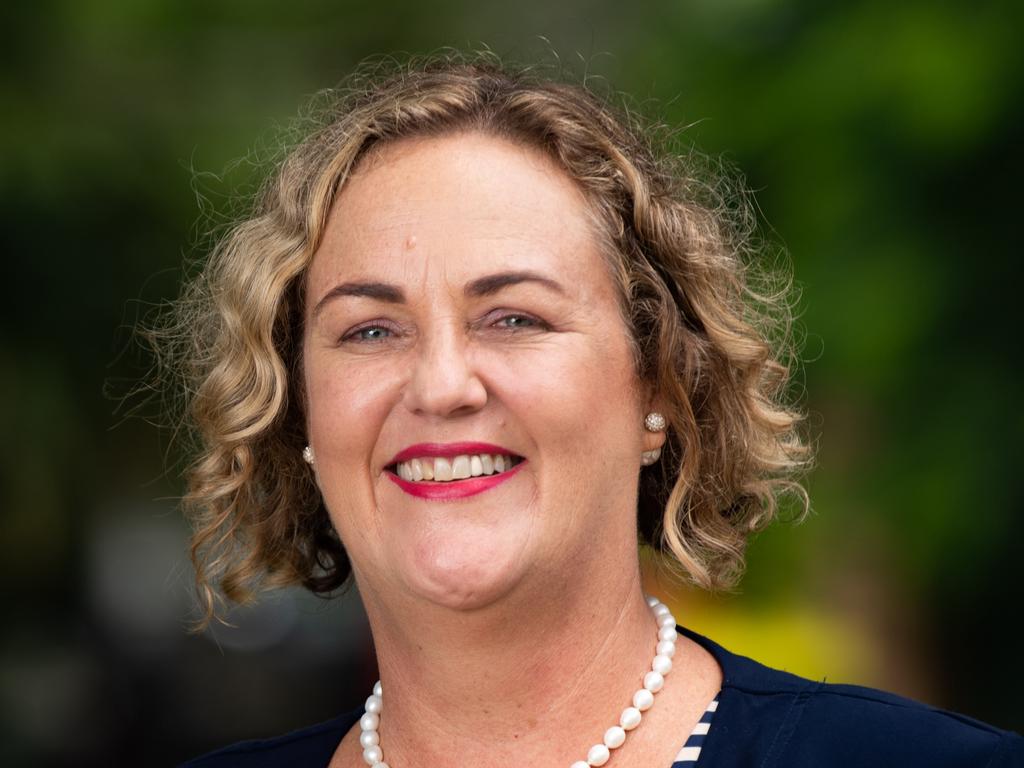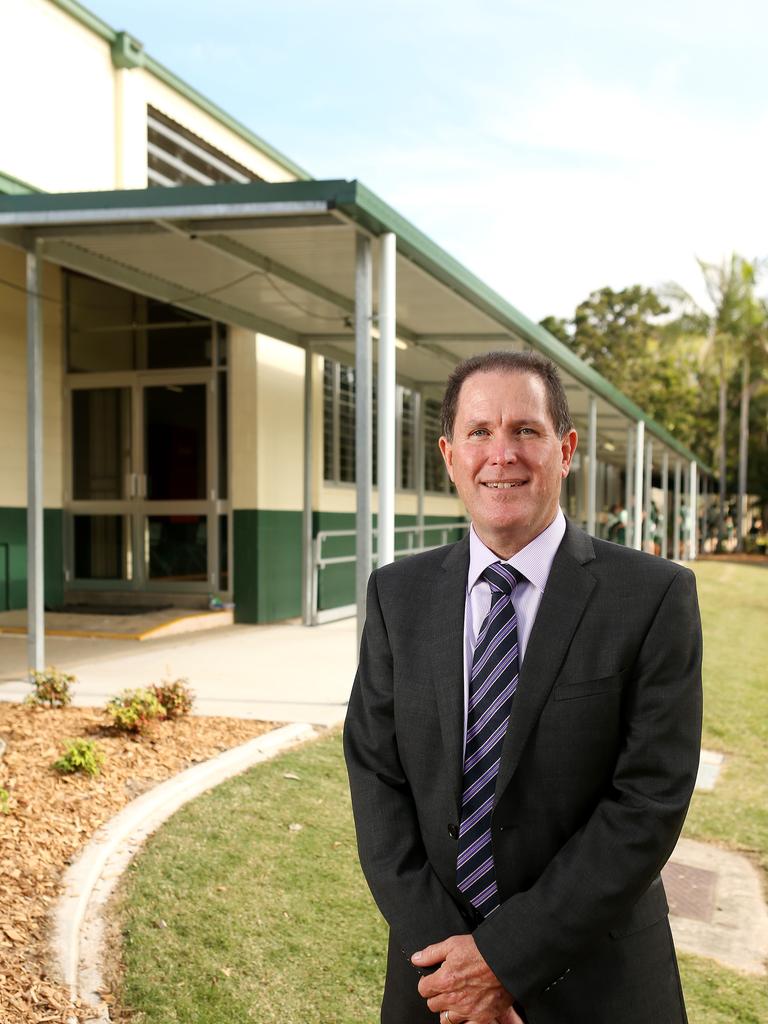Qld teacher shortage forces dropped subjects, merged classes
Queensland state schools are resorting to desperate measures as they battle teacher shortages of up to 20 per cent in some areas.
Education
Don't miss out on the headlines from Education. Followed categories will be added to My News.
Queensland state schools battling chronic teacher shortages are resorting to temporarily dropping subjects or merging classes, with some facing 20 per cent vacancy rates.
Principals could also be forced to re-enter the classroom to cope with the national workforce shortages that education experts have warned will take years to fix.
Among those worst impacted include Clermont State High School and Aurukun State School, which each have four vacancies yet to be filled, according to advertisements on the state government’s Smart Jobs website.
MySchool records showed they each had about 20 teaching positions in total last year.
Kirwan State High School in Townsville had 11 positions advertised while one of its closest neighbours, Pimlico State High School had eight.
There were 1050 teacher vacancies statewide as of May last year, however the Department of Education refused to provide an breakdown of current shortages.
Instead, a department spokesman said its workforce had about 90,000 school-based staff and that it was normal for vacancy rates to be at less than 2 per cent.
Queensland Teachers Union president Cresta Richardson it was common for school leaders to take on teaching loads and for teachers to teach “out of field” subjects in the most stretched schools.

She said union members were reporting shortages in different areas across the state which fluctuated annually.
“For example, some regional schools are better staffed than in previous years, as the EBA attraction and retention bonuses take effect, while others are still facing staff shortages,” Ms Richardson said.
“In those schools, it is common for school leaders to undertake teaching loads on top of their administrative duties, and for teachers to teach out-of-field.”
Ms Richardson said it was inevitable that addressing the shortage would take several years as new entrants must undertake up to four years of university.
Queensland Association of State School Principals president Pat Murphy said schools would always attempt to have a teacher in front of a class, even if it mean other classes were temporarily dropped.
Mr Murphy said classes could also be condensed and supported with extra teacher aides, in schools with chronic vacancies.
“HPE, those classes maybe dropped for the day and those children can catch up later that week,” Mr Murphy said.
Mr Murphy said the shortages were not confined to the education sector and were gradually beginning to ease following the peak of Covid-19.
“Last year around term three it was a crisis across the country,” he said.
“But it is getting better. We are just seeing glimpses across the state of the shortages and they’re very sporadic.”

Queensland Secondary Principals Association president Mark Breckenridge said the teacher shortage was nationwide and was going to take several years to work through.
“They look at those with expertise on the ground and who have space within their teaching load, who might be able to step in,” Mr Breckenridge said.
“If you’re a lower secondary teacher in HPE and chemistry, you could potentially cover four subjects.”
The department spokesman said vacancies opened and closed throughout the term for several reasons, including planned or personal leave, promotions, transfers, relocations or retirements.
“Local workforce planning ensures that many school vacancies are identified in advance and
filled to avoid disruption to schools and classes and the department continues to work closely with schools to support them and ensure that vacancies are filled where they are most needed,” he said.
It comes after The Queensland Industrial Relations Commission certified a new deal to deliver an 11 per cent payrise and improved working conditions for teachers.






